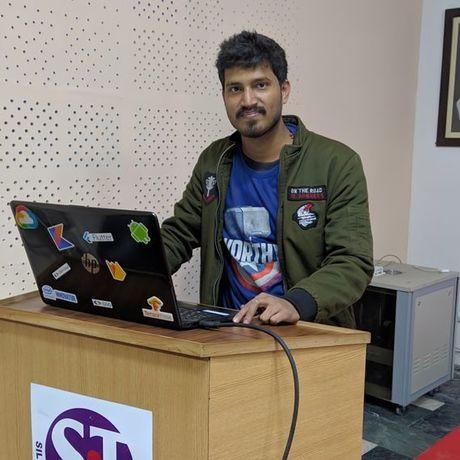Detection of Parkinson’s Disease using Intel® Distribution of OpenVINO™ Toolkit and Intel® RealSense Camera
- 0 Collaborators
Parkinson disease is associated with movement disorder symptoms, such as tremor, rigidity, bradykinesia, and postural instability. The manifestation of bradykinesia and rigidity is often in the early stages of the disease. These have a noticeable effect on the handwriting and sketching abilities of patients, and micrographia has been used for early-stage diagnosis of Parkinson’s disease. While handwriting of a person is influenced by a number of factors such as language proficiency and education, sketching of a shape such as the spiral has been found to be a non-invasive and independent measure The researchers found that drawing speed is slower and the pen pressure while writing anything is lower among Parkinson's patients. One of the symptoms of Parkinson’s is tremors and rigidity in the muscles, making it harder to draw smooth spirals and waves. ...learn more
Project status: Concept
oneAPI, RealSense™, Artificial Intelligence
Groups
Early Innovation for PC Skills,
Student Developers for AI,
Artificial Intelligence India
Intel Technologies
Movidius NCS,
OpenVINO,
oneAPI
Overview / Usage
Parkinson disease is associated with movement disorder symptoms, such as tremor, rigidity, bradykinesia, and postural instability. The manifestation of bradykinesia and rigidity is often in the early stages of the disease. These have a noticeable effect on the handwriting and sketching abilities of patients, and micrographia has been used for early-stage diagnosis of Parkinson’s disease. While handwriting of a person is influenced by a number of factors such as language proficiency and education, sketching of a shape such as the spiral has been found to be a non-invasive and independent measure.
The association of handwriting and sketching of the spiral has been established in Parkinson’s disease in the early stages. However, one shortcoming in the use of handwriting or sketching is the need for an expert to interpret the sketches, especially in the early stages of the disease. With the availability of digital devices that are suitable for recording hand-sketching, there is the potential for machine-based assessment of writing and sketching. These devices are also suitable for obtaining the dynamic features of handwriting, which are suitable for real-time and reliable analysis. These features can be obtained automatically allowing rapid on-line assessment of patients and developed for applications such as biometrics and indicative markers for Parkinson’s disease.
The researchers found that drawing speed is slower and the pen pressure while writing anything is lower among Parkinson's patients. One of the symptoms of Parkinson’s is tremors and rigidity in the muscles, making it harder to draw smooth spirals and waves.
I intend to use the Intel oneAPI Deep Neural Network Library to increase the performance of this model in different platforms and different architectures. This will also help to train the model in CPU and GPU both.
For ore information about Parkinson’s disease: https://en.wikipedia.org/wiki/Parkinson%27s\_disease
Methodology / Approach
In the overview, It is briefly discussed how geometric drawings can be used to detect and predict Parkinson’s disease. In a study by a researcher it is found that it is possible to detect Parkinson’s disease by asking the patient to draw a spiral and then track:
- The speed of the drawing
- The pen pressure
The researchers found that the drawing speed was slower and the pen pressure lower among Parkinson’s patients — this was especially pronounced for patients with a more acute/advanced forms of the disease. So, with the help of a dataset gathered from both patients with and without Parkinson’s disease. It is possible to train a model to correctly predict Parkinson’s disease.
Approach :-
- Gathering of dataset or use an existing dataset.
- Labeling of the dataset.
- Creating a train and test split.
- Applying the machine learning algorithm to train the model
- Next, the trained model is optimized using OpenVino’s model optimizer.
- The model optimizer gives us IR which consist of two files( .xml and .bin). The .xml file consist of the layer and connectivity and the .bin file consists of the weights.
- Next, I will use OpenVino toolkit to run inference on NUC with the help of Movidius.
Technologies Used
Intel NUC Intel Distribution of OpenVINO Toolkit Intel RealSense Camera Intel Movidius

